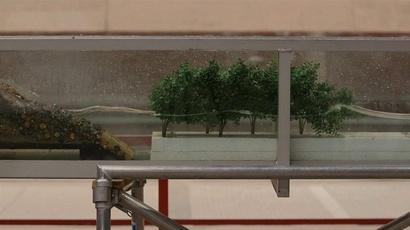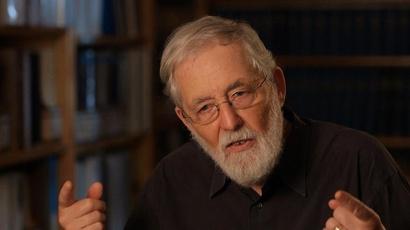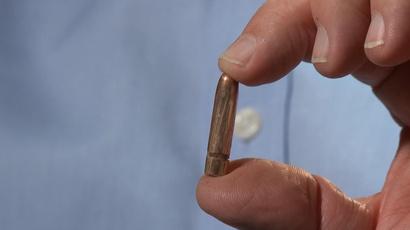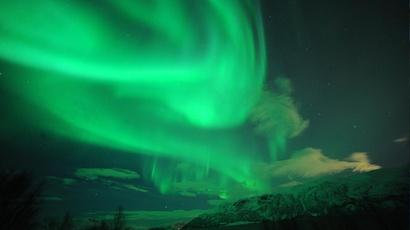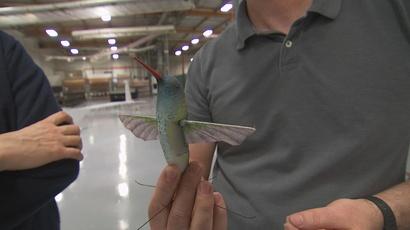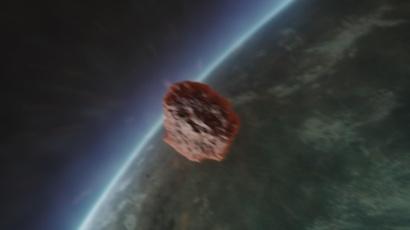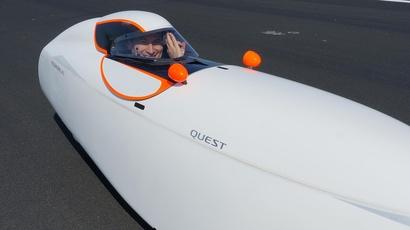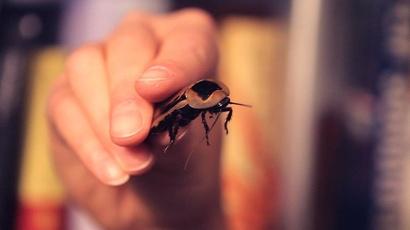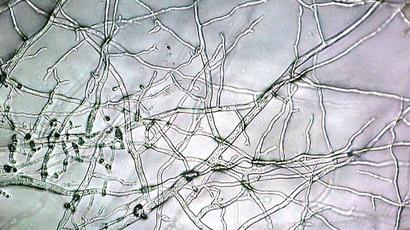Watch Preview

Zeppelin Terror Attack Preview
30s
/ TV-PG
In the early days of World War I, Germany, determined to bring its British enemies to their knees, launched a new kind of terror campaign: bombing civilians from the sky. But the aircraft delivering the lethal payloads weren't planes. They were Zeppelins, enormous airships, some the length of two football fields. NOVA investigates the secrets behind these deadly war machines.






